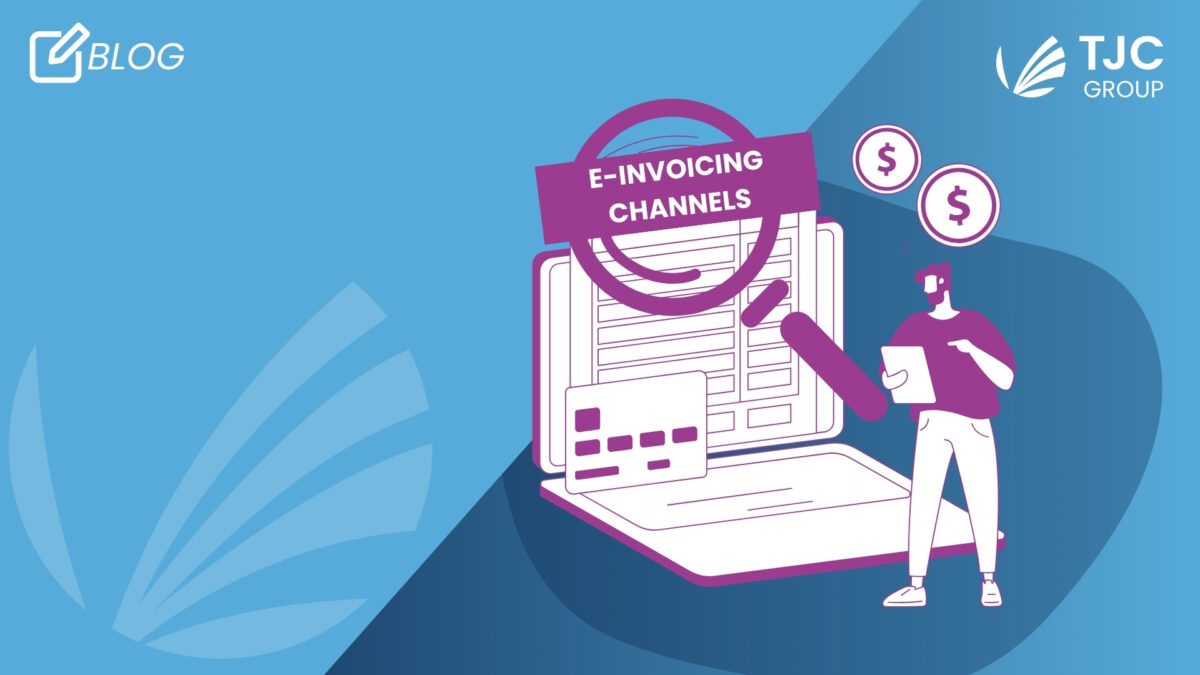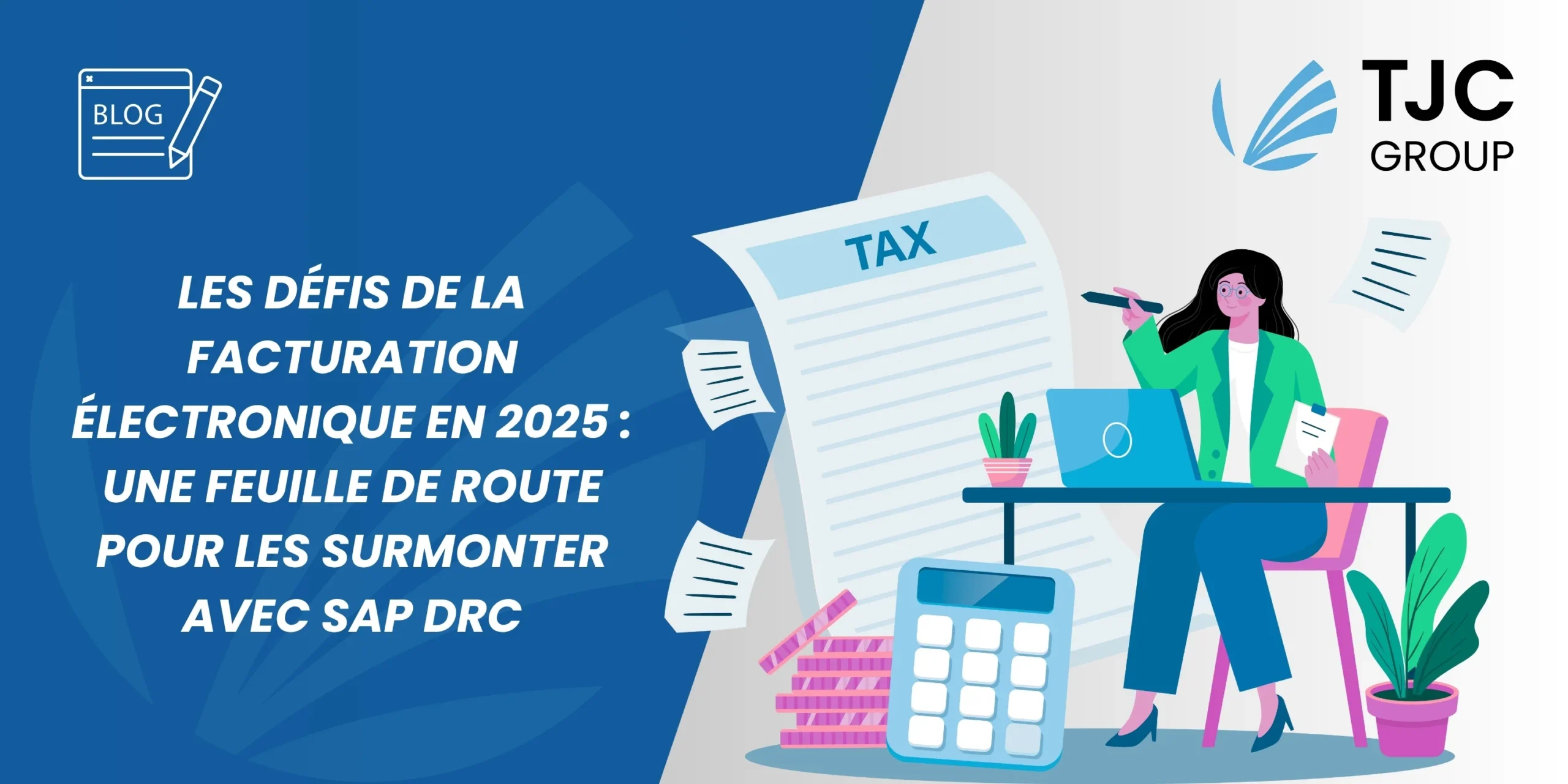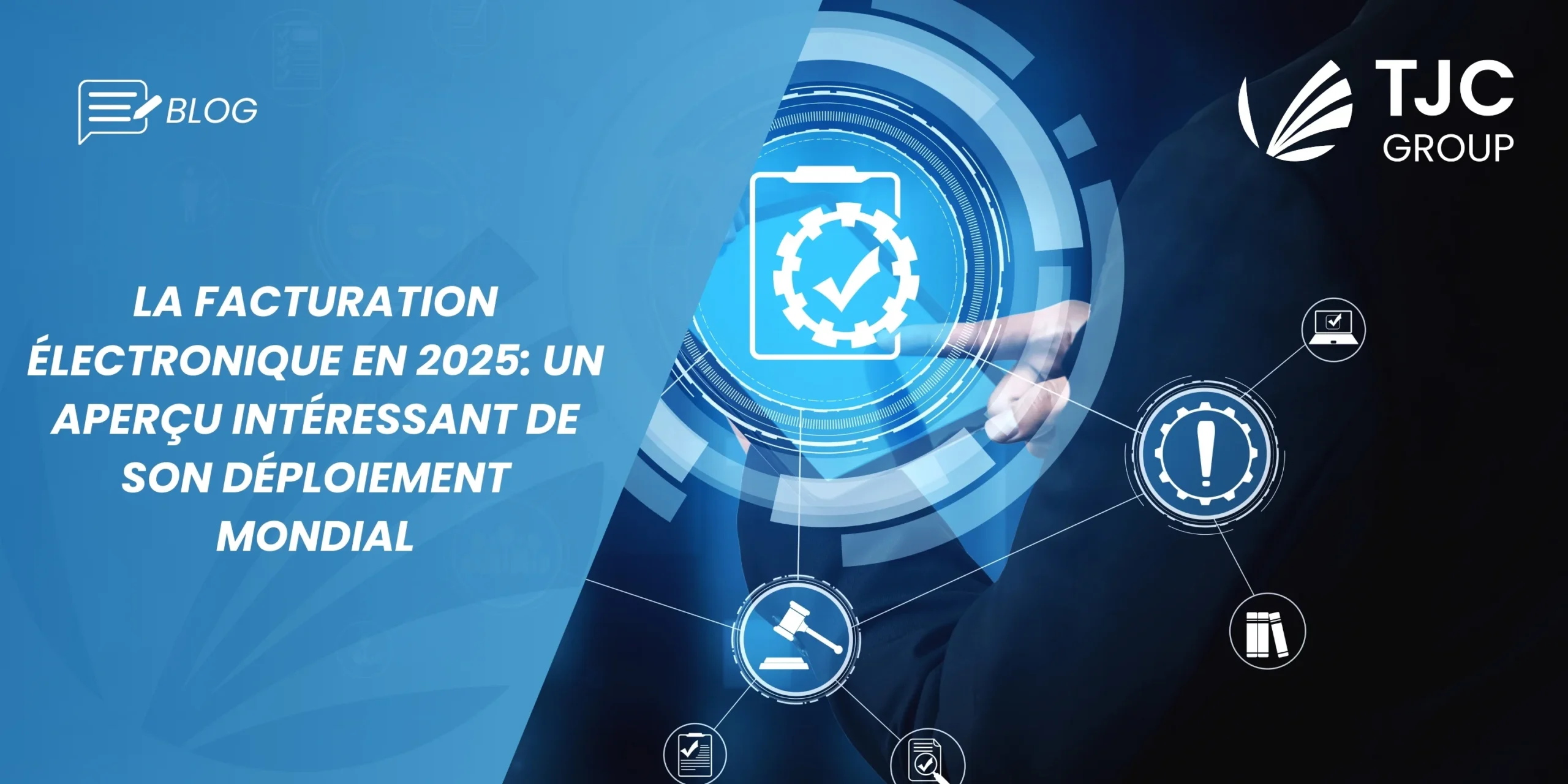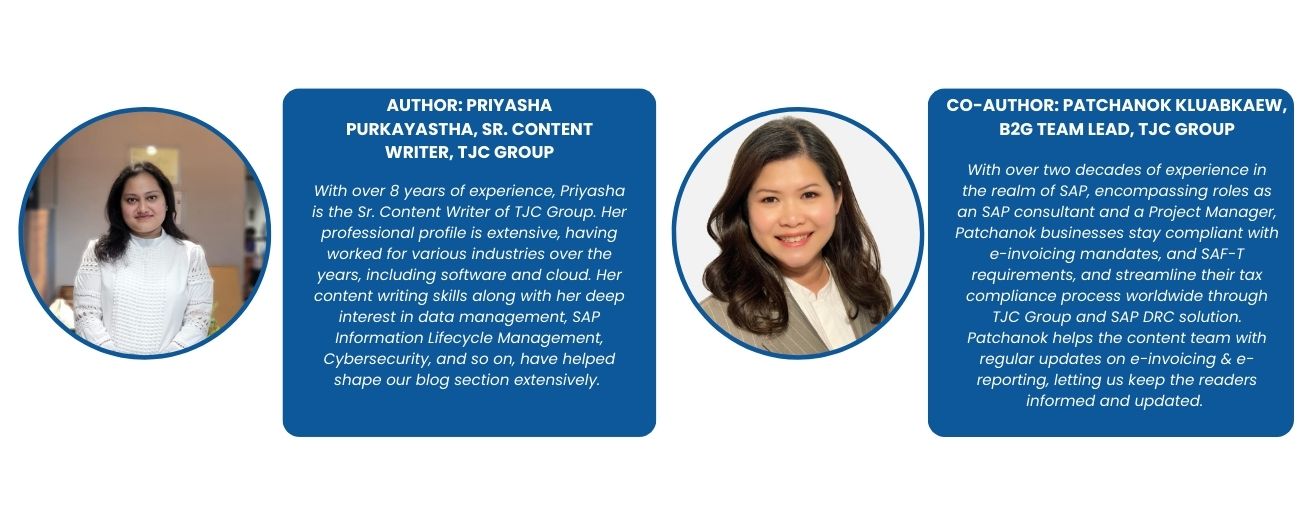
Table des matières
Le parcours de l’e-facturation et du reporting
La facturation et la déclaration électroniques sont en passe de devenir obligatoires dans le monde entier. Presque chaque semaine, de nouvelles annonces révèlent qu’un pays X a adopté une législation sur la facturation électronique B2B obligatoire. La magie de la numérisation s’est imposée dans tous les secteurs d’activité, qu’il s’agisse de l’informatique, de l’éducation ou des pouvoirs publics. Elle ne vise pas seulement à garantir un processus plus rapide, plus précis et plus efficace, mais aussi à favoriser la durabilité – ce qui, honnêtement, est la nécessité du moment.
En outre, la transition des processus traditionnels vers la numérisation bouleverse également les pratiques de conformité.. Le processus de préparation des rapports périodiques en vue de l’audit des projets de déclaration par les autorités fiscales doit être rapide et efficace. C’est pourquoi l’automatisation et la technologie jouent un rôle de plus en plus important dans la facturation et la déclaration électroniques. Cependant, sont-elles suffisantes pour garantir un processus sans faille ?
Étonnamment, il y a quelques autres facteurs que vous devez garder à l’esprit.
Nous avons parlé des différents formats de facturation électronique que vous devez connaître dans notre dernier article de blog. Dans ce blog, nous allons parler des différents canaux de facturation électronique. Il est essentiel de les connaître, non seulement pour accélérer le processus, mais aussi pour vous assurer que vous êtes en conformité avec les exigences réglementaires du pays. Parlons maintenant des différents canaux de facturation électronique !
Qu’est-ce qu’un canal de facturation ?
Avant d’aborder les différents canaux de facturation électronique, permettez-nous de vous donner un aperçu de la signification d’une facture ou d’un canal de facturation.
Comme vous le savez, les organisations reçoivent des factures électroniques de plusieurs sources externes. Ces canaux de facturation électronique permettent de transmettre plus rapidement les factures de l’expéditeur au destinataire en les rassemblant en un seul endroit. Les administrateurs peuvent configurer ces canaux selon les exigences réglementaires de leur région ; lorsque les factures sont envoyées par des canaux prédéfinis, elles peuvent être enregistrées.
Les différents canaux de facturation électronique pour vous
Maintenant que vous savez ce que sont les canaux, voici les différents types que vous devez connaître –
Réseaux interopérables de facturation électronique
L’un des principaux canaux de facturation électronique est le réseau interopérable de facturation électronique. Ces réseaux ou plateformes relient les entreprises et les autorités fiscales, permettant aux premières de soumettre des factures électroniques dans un format standardisé. En outre, ils aident les autorités fiscales à accéder à toutes les données par voie électronique. PEPPOL (Pan-European Public Procurement Online) est un exemple de ce type de réseau utilisé en Europe et dans quelques autres pays.
Le cadre interopérable pour la facturation électronique porte sur trois concepts clés –
Interopérabilité
Le réseau permet aux vendeurs et aux acheteurs d’échanger des factures électroniques et leurs documents connexes dans un format conforme. En fait, cette interopérabilité est essentielle, quel que soit le paysage informatique, la solution ou le service de facturation et de déclaration électroniques, etc.
Sécurité
Le réseau interopérable de facturation électronique contribue à sécuriser l’échange d’informations entre le client et le fournisseur, en rendant impossible l’interception ou la modification des informations pendant le transit. En outre, pour maintenir la crédibilité et la sécurité, il convient de limiter la communication au sein du cadre aux seuls utilisateurs autorisés.
Normes
Ce canal de facturation électronique définit des normes sémantiques qui constituent un ensemble d’éléments de données de base pour les factures électroniques, convenant le mieux aux transactions B2B et B2G. Conformément aux normes du canal, les factures électroniques doivent respecter la syntaxe technique requise tout en permettant leur transmission par le biais de normes établies pour les protocoles de transport de messages. La livraison et le traitement des factures électroniques doivent être rendus possibles par une variété de pratiques de mise en œuvre.
Intégration d’un logiciel de comptabilité ou d’ERP
Un autre canal de facturation électronique est l’intégration des systèmes de comptabilité ou des logiciels ERP, permettant aux entreprises de connecter leurs systèmes ERP aux plateformes des autorités fiscales. L’intégration permet la soumission automatique des factures électroniques ainsi que la soumission des données de transaction directement aux autorités fiscales en temps réel ou à des intervalles spécifiés.
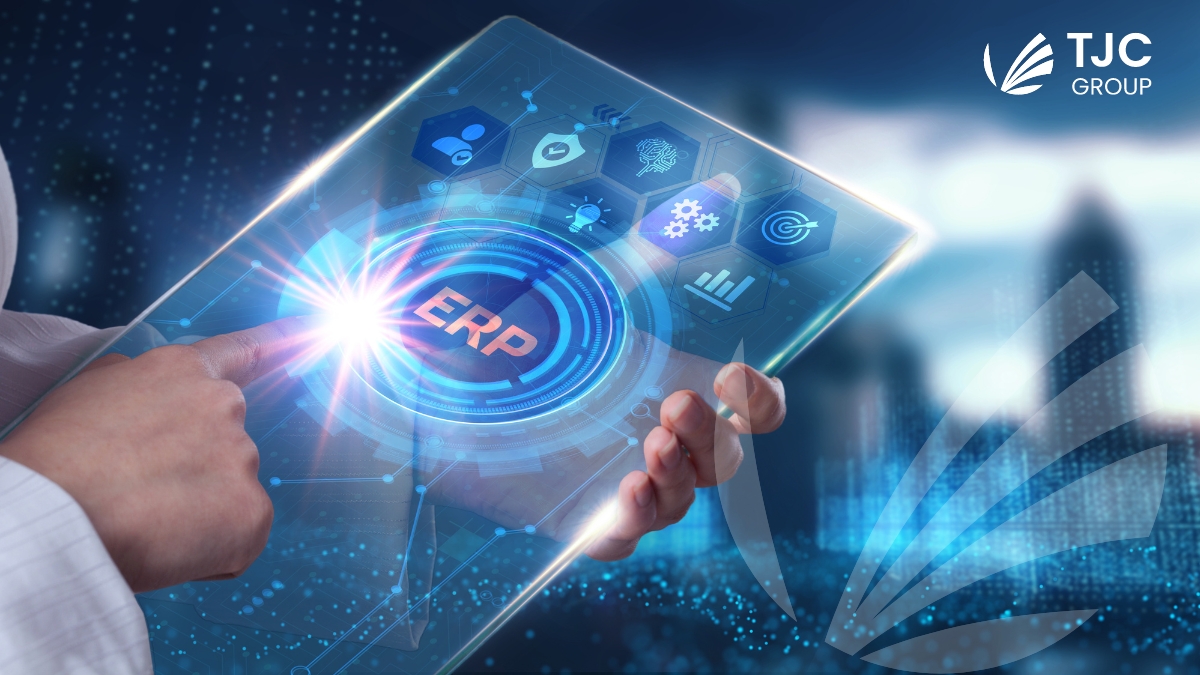
Soumission directe via les portails gouvernementaux
Dans plusieurs pays, les autorités fiscales proposent un portail ou une plateforme en ligne qui est extrêmement sécurisé et robuste pour éviter toute fraude ou cyberattaque. Grâce à ces portails, les entreprises peuvent directement télécharger et soumettre des factures électroniques. Les portails sont conçus pour accepter les factures électroniques dans un format spécifique ou un schéma standardisé selon le pays. Le réseau de la taxe sur les produits et services (GSTN) en Inde est un exemple de ce type de canal.
Plus précisément, le réseau gère l’ensemble du système informatique du portail GST, qui est la base de données mère de la GST. Aujourd’hui, des avis sur la mise en place de nouveaux portails pour la facturation électronique ont également été publiés. Selon le communiqué, les nouveaux portails s’ajoutent au portail gouvernemental actuel NIC-IRP. Les portails de facturation électronique seront gérés par des acteurs privés ; ils ont été mis en place dans le but d’améliorer l’ensemble du parcours de conformité de l’utilisateur.
Outre la soumission directe par l’intermédiaire des portails gouvernementaux, les autorités fiscales de certains pays proposent des logiciels de facturation électronique gratuits. Grâce à ces logiciels, les entreprises peuvent créer et soumettre des factures électroniques dans le format requis.
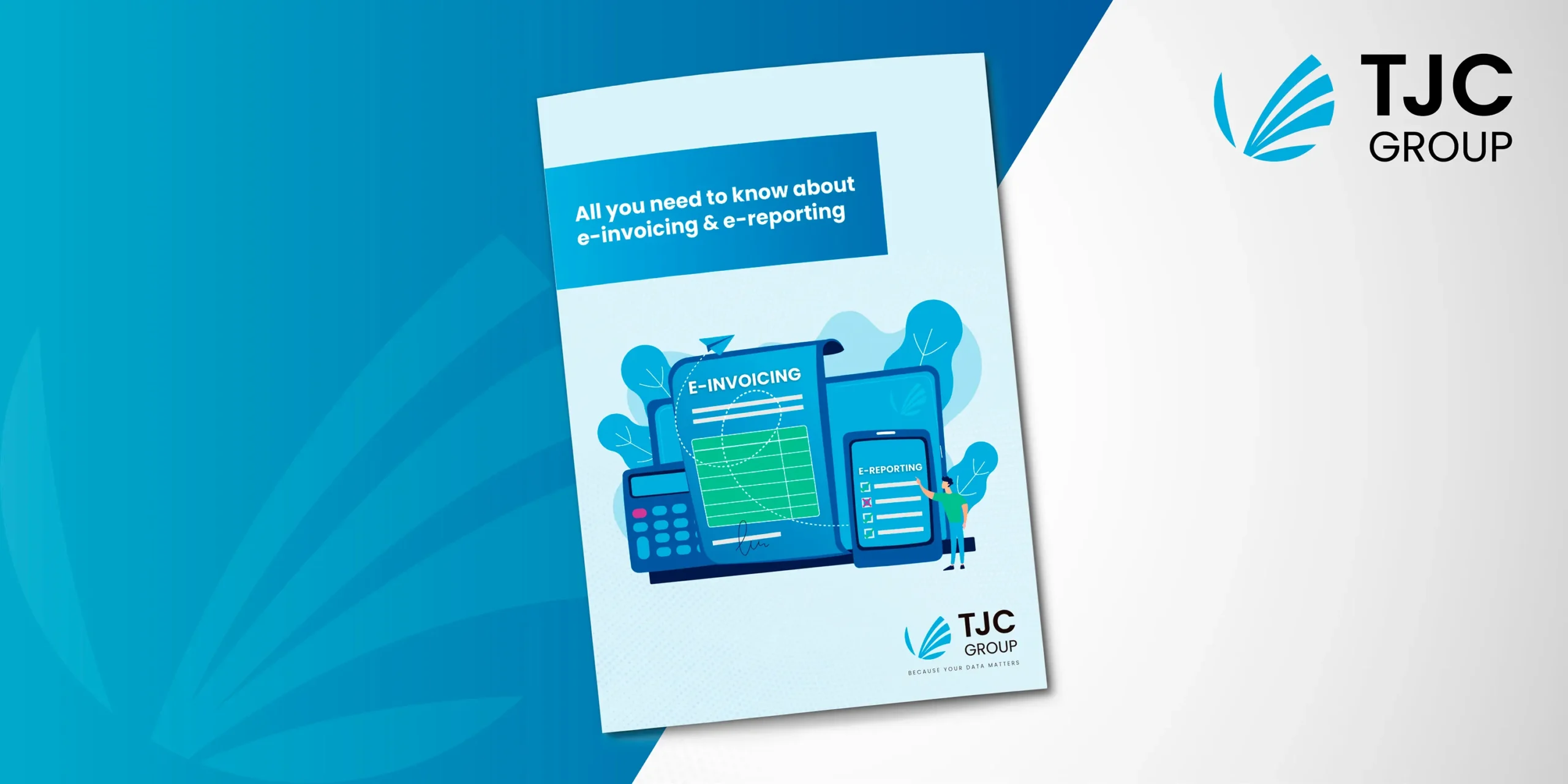
Prestataires de services certifiés
Pour la facturation et la déclaration électroniques, les entreprises ont souvent recours à des prestataires de services certifiés. Ces derniers s’assurent que les factures électroniques générées, transmises et stockées sont conformes aux réglementations locales. Les prestataires de services certifiés ont parfois des liens directs avec les autorités fiscales pour la soumission des factures électroniques.
En plus de ces canaux de facturation électronique, dans les régions où les normes d’échange de données informatisées (EDI) sont établies, les organisations peuvent les utiliser pour transmettre les factures électroniques aux autorités fiscales. En outre, les messages EDI peuvent être envoyés directement ou par le biais d’intermédiaires qui offrent des services EDI.
Combiner les avantages de la facturation et de la déclaration électroniques
Les factures sont la principale source d’information pour la TVA et les activités commerciales. Par conséquent, par défaut, la déclaration électronique devient une extension de la facturation électronique. En fait, plusieurs pays d’Europe et du LATAM ont combiné les exigences en matière de facturation et de déclaration électroniques en un seul mandat. Cependant, les mises en œuvre peuvent varier d’une région à l’autre, bien que le principe soit similaire.
En outre, certains pays ont mis en place des modèles de pré-dédouanement, dans lesquels les fournisseurs doivent d’abord soumettre les factures aux autorités fiscales. Après approbation des autorités, les factures électroniques peuvent être transmises aux acheteurs. Gardez à l’esprit que le pré-dédouanement n’est pas accepté dans le cadre de ViDA DRR. Par conséquent, l’adoption est prévue pour ces pays afin de converger vers ViDA.
La fusion de la facturation électronique et de la déclaration électronique permet de rationaliser l’échange de données de facturation entre les fournisseurs et les acheteurs. Les autorités fiscales peuvent ainsi récupérer en temps réel les informations relatives à la TVA dont elles ont tant besoin.
Mise en œuvre de la facturation électronique avec le groupe TJC
Avec plus de 25 ans d’expérience dans le secteur, nous aidons nos clients à relever les défis liés à la gestion des données SAP à des fins fiscales et d’audit. Nous sommes l’un des revendeurs officiels de SAP Document and Reporting Compliance, c’est-à-dire de la solution SAP DRC, qui permet de mettre en œuvre la facturation et la déclaration électroniques sans effort. Notre société est consciente des exigences légales en matière de fiscalité et d’audit et comprend les besoins des entreprises et les aspects techniques de la conformité. En collaborant avec TJC Group pour la mise en œuvre de la facturation électronique avec SAP DRC, les organisations peuvent bénéficier de plusieurs avantages, de la méthodologie SAP Activate et des experts en la matière à la technologie de pointe, etc.
Qu’attendez-vous ? Rejoignez-nous dès aujourd’hui pour une transition simplifiée vers la facturation et le reporting électroniques.


